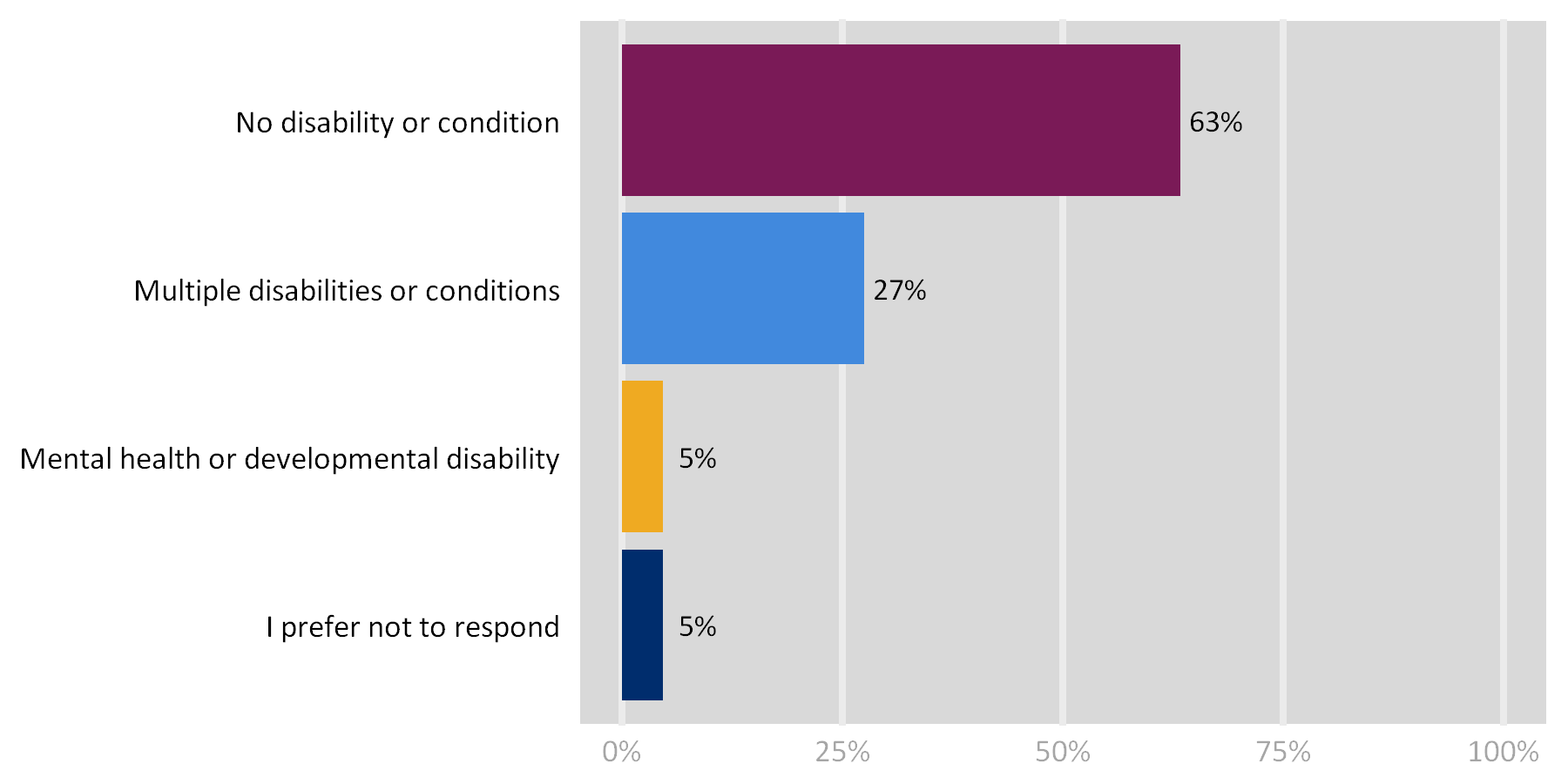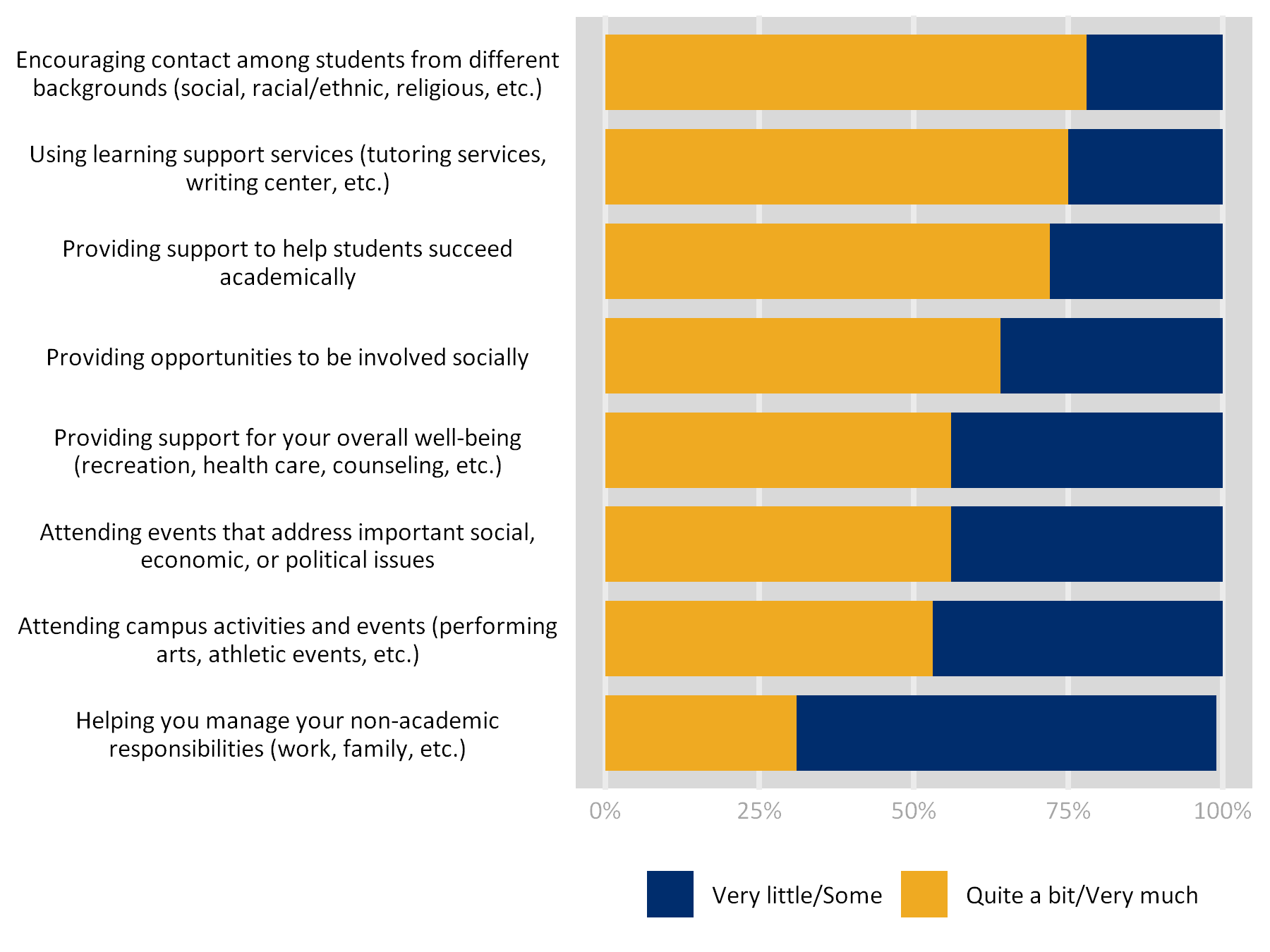An example of where critical methodologies could be employed is examining racialized experiences at the large, public, residential university whose racial/ethnic diversity is portrayed in Figure 3 on the main page. The figure displays a racially/ethnically diverse student population, with more representation of Asian, Hispanic or Latina/o, and Black or African American students than other racial groups. Based on the characteristics of this institution, prevailing theories of student engagement that do not explicitly consider racial identity (e.g., Pike & Kuh, 2005; Tinto. 1975) may not best capture what their students experience. It may be advantageous for institutions with this amount of racial diversity to use theories and frameworks, such as Critical Race Theory and the Culturally Engaging Campus Environments framework (Museus, 2014), that are specific to understanding racially minoritized students’ experiences on college campuses. Additionally, consider that the “typical” experience at this institution is more likely to be a racially minoritized students’ experience, and one that should be considered in decision-making centered around diversity, equity, and inclusion.
Disaggregating results by race and ethnicity is another critical approach that can help assess student engagement of minoritized groups. Researchers often group students of color together to have a sufficient sample to compare to White student experiences. However, that approach reinforces the White student experience while demonstrating how students of color deviate from that normalized experience. That approach also conflates the experiences of racially minoritized students as a monolithic experience, when we know that this is not accurate. In the case of a large, public, residential university, a comparative approach where White and People of Color’s experiences are examined would not capture the racialized experiences at this institution. For this institution, a more appropriate approach would be to use theories and frameworks that address the racialized component of student engagement and disaggregate analysis by race and ethnicity to gather a better sense of how each subgroup engages with the campus environment.
References
Kivunja, C., & Kuyini, A. B. (2017). Understanding and applying research paradigms in educational contexts. International Journal of Higher Education, 6(5), 26-41.
Murray, C., Lombardi, A., & Kosty, D. (2014). Profiling adjustment among postsecondary students with disabilities: A person-centered approach. Journal of Diversity in Higher Education, 7(1), 31.
Museus, S. D. (2014). The culturally engaging campus environments (CECE) model: A new theory of success among racially diverse college student populations. In Higher education: Handbook of theory and research (pp. 189-227). Springer, Dordrecht.
Pike, G. R., & Kuh, G. D. (2005). A typology of student engagement for American colleges and universities. Research in higher education, 46(2), 185-209.
Tinto, V. (1975). Dropout from higher education: A theoretical synthesis of recent research. Review of educational research, 45(1), 89-125.




